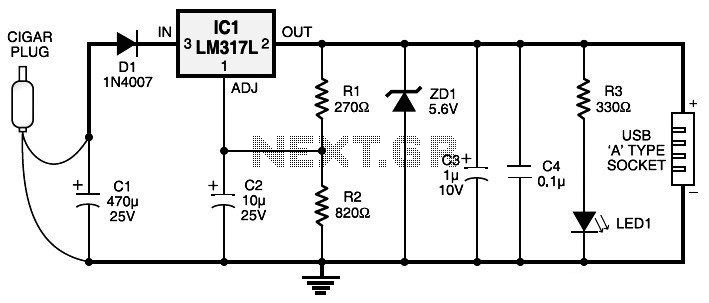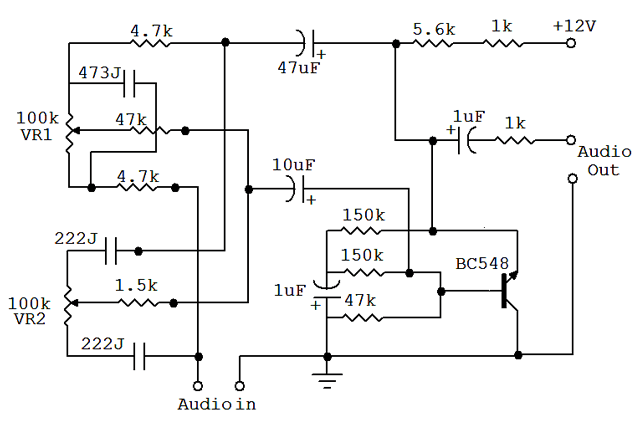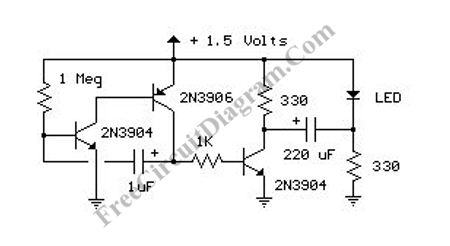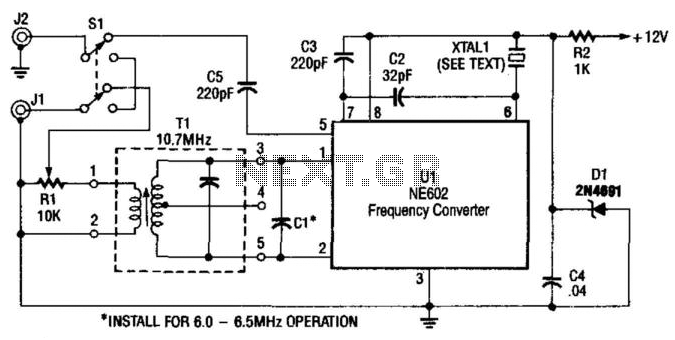
A 75 W Tv Power Supply Operating In Quasi-square Wave Resonant Mode Using Ncp1207 Controller

This application note demonstrates a simple 8-direction digital compass application utilizing Zilog's Z8 Encore!® MCU and an external compass sensor hardware. Communication ports are provided for the digital compass to receive commands and send status via the I2C bus as well as UART to and from an external host. Based on the commands received, the digital compass toggles an output that generates an interrupt for a specific direction. This application note includes the schematics and software necessary to implement the digital compass application. Additionally, it offers host-side Application Programming Interfaces (APIs) for communication with the Z8 Encore! MCU-based digital compass. The host can be any processor equipped with UART and/or I2C peripherals; however, the APIs are specifically designed for use with the Z8 Encore! MCU as an external host.
The digital compass application described employs the Zilog Z8 Encore!® microcontroller, which serves as the core processing unit. The Z8 Encore!® is characterized by its low power consumption and efficient processing capabilities, making it suitable for portable applications. The external compass sensor, likely based on MEMS technology, provides accurate directional data, which is essential for navigation applications.
The communication between the digital compass and the external host is facilitated through two primary interfaces: I2C and UART. The I2C bus is a multi-master, multi-slave, packet-switched, single-ended, serial communication bus that enables multiple devices to communicate with the microcontroller. This bus is particularly advantageous for connecting multiple sensors or peripherals in a compact system. The UART, on the other hand, is a simpler, point-to-point communication protocol that allows for straightforward serial data transmission.
The application note specifies that upon receiving specific commands from the host, the digital compass can toggle outputs to signal interrupts, thereby allowing the host to react to changes in direction. This feature is critical for applications that require real-time responsiveness, such as robotics or mobile devices.
The provided schematics illustrate the connections between the Z8 Encore!® MCU, the external compass sensor, and the communication interfaces. The software implementation is designed to handle commands efficiently and manage data transmission over both I2C and UART. The APIs facilitate interaction with the digital compass, allowing developers to integrate the compass functionality into their applications seamlessly.
In summary, this application note serves as a comprehensive guide for developers looking to implement an 8-direction digital compass using the Zilog Z8 Encore!® MCU, providing both the hardware schematics and the necessary software tools to achieve effective communication and operation.This Application Note demonstrates a simple 8-direction digital compass application using Zilog`s Z8 Encore! ® MCU and an external sensor- compass hardware. Communication ports are pro- vided for the digital compass to receive commands and send status on the I 2 C bus as well as the UART from/to an external host.
According to the command received , the digital compass toggles an output that generates an interrupt for a specific direction. This Application Note provides the schematics and software to implement the Digital Compass appli- cation. It also provides host-side Application Pro- gramming Interface (APIs) to communicate with the Z8 Encore!
MCU-based digital compass. The host CAN be any processor with UART and/or I 2 C peripherals. However, the APIs are written based on using Z8 Encore! MCU as an external host. 🔗 External reference
The digital compass application described employs the Zilog Z8 Encore!® microcontroller, which serves as the core processing unit. The Z8 Encore!® is characterized by its low power consumption and efficient processing capabilities, making it suitable for portable applications. The external compass sensor, likely based on MEMS technology, provides accurate directional data, which is essential for navigation applications.
The communication between the digital compass and the external host is facilitated through two primary interfaces: I2C and UART. The I2C bus is a multi-master, multi-slave, packet-switched, single-ended, serial communication bus that enables multiple devices to communicate with the microcontroller. This bus is particularly advantageous for connecting multiple sensors or peripherals in a compact system. The UART, on the other hand, is a simpler, point-to-point communication protocol that allows for straightforward serial data transmission.
The application note specifies that upon receiving specific commands from the host, the digital compass can toggle outputs to signal interrupts, thereby allowing the host to react to changes in direction. This feature is critical for applications that require real-time responsiveness, such as robotics or mobile devices.
The provided schematics illustrate the connections between the Z8 Encore!® MCU, the external compass sensor, and the communication interfaces. The software implementation is designed to handle commands efficiently and manage data transmission over both I2C and UART. The APIs facilitate interaction with the digital compass, allowing developers to integrate the compass functionality into their applications seamlessly.
In summary, this application note serves as a comprehensive guide for developers looking to implement an 8-direction digital compass using the Zilog Z8 Encore!® MCU, providing both the hardware schematics and the necessary software tools to achieve effective communication and operation.This Application Note demonstrates a simple 8-direction digital compass application using Zilog`s Z8 Encore! ® MCU and an external sensor- compass hardware. Communication ports are pro- vided for the digital compass to receive commands and send status on the I 2 C bus as well as the UART from/to an external host.
According to the command received , the digital compass toggles an output that generates an interrupt for a specific direction. This Application Note provides the schematics and software to implement the Digital Compass appli- cation. It also provides host-side Application Pro- gramming Interface (APIs) to communicate with the Z8 Encore!
MCU-based digital compass. The host CAN be any processor with UART and/or I 2 C peripherals. However, the APIs are written based on using Z8 Encore! MCU as an external host. 🔗 External reference





